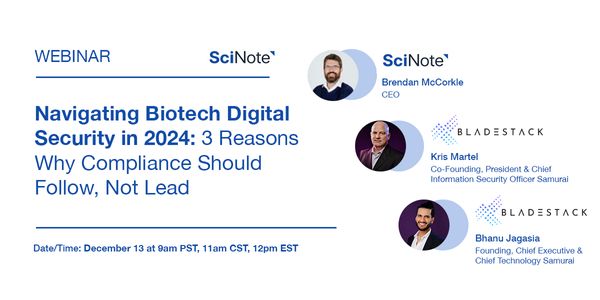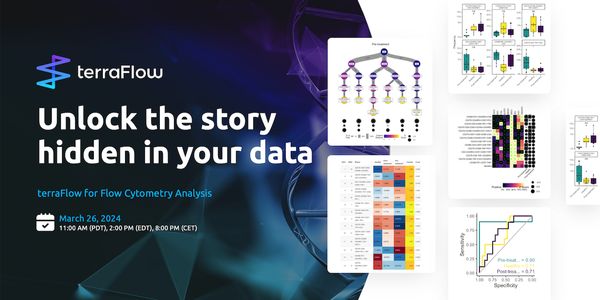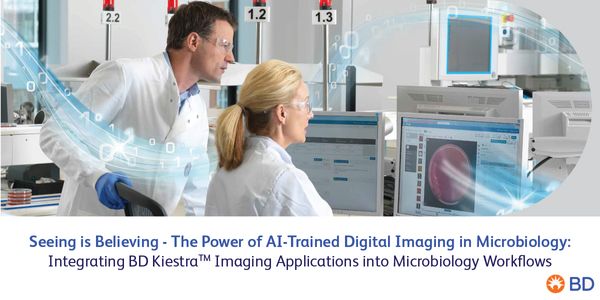Researcher - Astronomical Institute of the University of Bern (AIUB)
BIOGRAPHY

Speakers
-
Ines Juvan-Beaulieu, Dr. Rer. nat.
Astronomy Specialist, AndorBIOGRAPHY
Event Date & Time
DATE: December 11, 2019
TIME: 8:00am PST, 11:00am EST, 4:00pm GMT, 5:00pm CET
Abstract
The Zimmerwald Laser and Astrometric Telescope (ZIMLAT) is the most versatile instrument of the Swiss Optical Ground Station and Geodynamics Observatory Zimmerwald (SwissOGS). The telescope hosts both, the Satellite Laser Ranging (SLR) system, and the astronomical cameras used for the observation and the characterization of space debris objects. Until now, the ANDOR NEO 5.5 sCMOS camera was mainly used for the characterization of space debris by acquiring high-resolution light curves. In this presentation, we will show the results achieved by the recently extended use of the sCMOS camera to different astronomical research fields.
First, we will describe the integration of the sCMOS camera in the SLR system as tracking camera. Then we will show how, by using the camera, we could improve the performances of the SLR system. The tracking camera in fact allows us to correct in real time the pointing of the telescope, thus helping us to overcome the limit given by the small field of view of the SLR system by shortening the target acquisition time. The correction of the telescope pointing allows us to measure, via SLR, the distance to the observed objects. At the same time, the camera provides simultaneously angular and brightness information, which can be merged with the ranges, for both, the orbit, and the attitude determination of the observed object. This feature becomes fundamental for space debris research. Finally, we will show the results produced by the camera during daytime and its application in the field of Near Earth Asteroids.
This study analyses only real measurements (both angular and ranges) gathered for defunct satellite using the night-tracking camera of the ZIMLAT telescope of the SwissOGS, owned by the Astronomical Institute of the University of Bern (AIUB).
Learning Objectives:
- Utilizing CMOS camera in different astronomical research fields.
- Demonstrating the innovation in space debris orbit and attitude determination due to camera technology.
- Discovering unusual astronomical use cases for the camera.
Webinars will be available for unlimited on-demand viewing after live event.
LabRoots is approved as a provider of continuing education programs in the clinical laboratory sciences by the ASCLS P.A.C.E. ® Program. By attending this webinar, you can earn 1 Continuing Education credit once you have viewed the webinar in its entirety.
You May Also Like
DEC 13, 2023 | 9:00 AM
The quest for digital excellence in today’s biotech research laboratories demands modern software acquisition, robust protection protocols, and a keen eye on evolving security requirem...
MAR 26, 2024 | 7:00 PM
C.E. CREDITS
The implementation of a preemptive pharmacogenomics (PGx) program in a hospital setting requires a multidisciplinary approach to ensure seamless integration of each stage of the process for...
Speaker:
Steven Melnick. Ph.D., M.D.
, Dr. David Mancuso, Pharm.D. CPh , MSPM
Sponsored By: Thermo Fisher Scientific
MAR 26, 2024 | 8:00 AM
C.E. CREDITS
The implementation of a preemptive pharmacogenomics (PGx) program in a hospital setting requires a multidisciplinary approach to ensure seamless integration of each stage of the process for...
Speaker:
Steven Melnick. Ph.D., M.D.
, Dr. David Mancuso, Pharm.D. CPh , MSPM
Sponsored By: Thermo Fisher Scientific
MAR 26, 2024 | 11:00 AM
Ever wonder what you’re missing in your data? The sheer complexity of today’s flow and mass cytometry datasets demands automated solutions. Machine learning plugins only provide...
FEB 08, 2024 | 10:00 AM
High-content screening (HCS) is an imaging-based, multi-parametric strategy used in drug development that generates rich datasets through multiplexing strategically chosen fluorescent dyes a...
DEC 07, 2023 | 11:00 AM
Abstract text Learning Objectives Webinars will be available for unlimited viewing after live event....
Loading Comments...
Please update your information
Certificate of Attendance
Thank you for choosing Labroots. Please note that a Certificate of Attendance does NOT count towards Continuing Education Credits.
DOWNLOAD CERTIFICATE
DOWNLOAD CERTIFICATE
You must watch the entire webinar to receive your certificate of attendance.
You must attend the event before receiving your certificate of attendance.
You must register for the event first.
Certificate is no longer available for this event.
You must be logged in to retrieve your certificate.
Finish Registering
Attendees
-
APR 30, 2024Immuno-Oncology Virtual Event Series 2024
-
MAY 07, 20243rd International Biosecurity Virtual Symposium
-
JUN 06, 2024The Future of Scientific Conferencing
- See More
-
APR 23, 2024
- See More













































